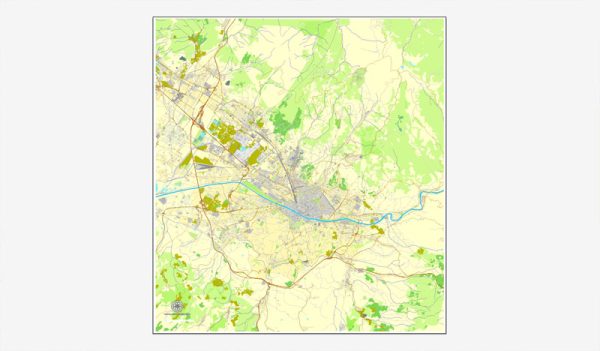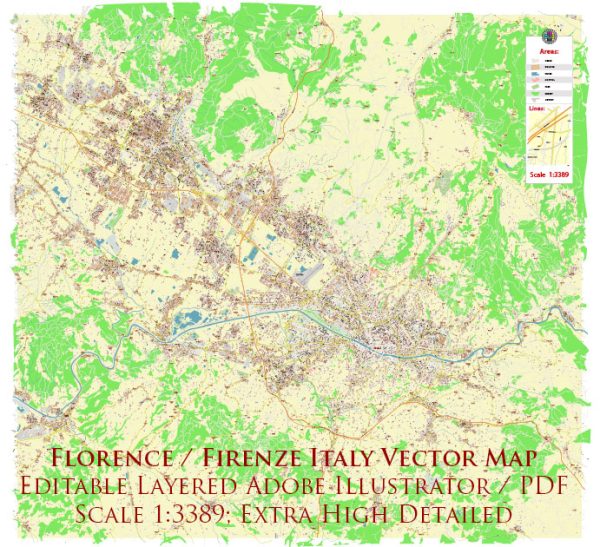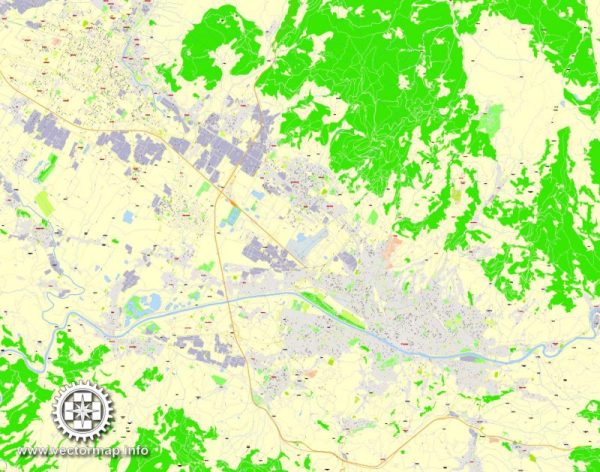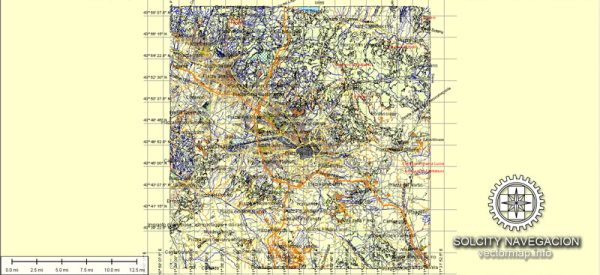Florence, Italy, is renowned for its rich architectural heritage, featuring a wide range of styles that span centuries. The city’s architecture reflects its historical significance as a hub of Renaissance art and culture, making it a UNESCO World Heritage Site. Here’s a brief description of some of the key architectural elements and styles you can find in Florence:
- Renaissance Architecture: Florence is often considered the birthplace of the Renaissance, and this period greatly influenced its architecture. Renaissance buildings are characterized by their use of classical elements like columns, pilasters, and arches. Prominent examples include the Florence Cathedral (Santa Maria del Fiore), designed by Filippo Brunelleschi, and the Pitti Palace.
- Gothic Architecture: Florence boasts several Gothic-style structures, including the Florence Cathedral’s stunning facade with its intricate marble panels and pointed arches. The city’s numerous churches, like Santa Croce and Santa Maria Novella, also exhibit Gothic design elements.
- Medici Palaces: The powerful Medici family left a significant architectural legacy in Florence. The Palazzo Medici Riccardi and the Palazzo Pitti, which now houses several museums, exemplify Renaissance and Baroque architectural styles.
- Medieval Towers: Florence’s skyline is adorned with medieval towers, many of which have been preserved. Notable examples include the Tower of Arnolfo and the Torre dei Pulci.
- Ponte Vecchio: This historic bridge over the Arno River is known for its unique shops built along its length. It features a series of arches and an ornate gallery, and it’s one of the city’s most iconic landmarks.
- Basilicas and Churches: Florence is home to numerous churches and basilicas, many of which are adorned with beautiful frescoes and sculptures. The Basilica of Santa Maria Novella, Basilica of Santa Croce, and the Church of San Miniato al Monte are some notable examples.
- Palazzo Vecchio: This grand palace in the heart of Florence’s historic center is a testament to medieval and Renaissance architecture. It serves as Florence’s town hall and is adorned with an imposing tower and ornate courtyards.
- Boboli Gardens: Located behind the Palazzo Pitti, the Boboli Gardens are a remarkable example of Italian Renaissance gardens. They feature fountains, sculptures, and terraced landscapes with breathtaking views of Florence.
- Neoclassical and Baroque Influences: The late 17th and 18th centuries brought Neoclassical and Baroque architectural elements to the city. The facade of the Florence Cathedral was completed in a Baroque style, and the city’s urban planning underwent significant changes during this period.
- Modern and Contemporary Architecture: Florence is not just a city of historical architecture. It also features contemporary architectural works, museums, and structures. Examples include the Florence Opera House, the Stazione Leopolda, and the Tuscany Hall.
Florence’s architectural heritage is a testament to the city’s enduring cultural and artistic significance. It’s a place where the old and new coexist, creating a unique and visually captivating urban landscape.





 Author: Kirill Shrayber, Ph.D.
Author: Kirill Shrayber, Ph.D.